19th century model, originating and typical in its shape from Uzbekistan, Central Asia (see map).
Graceful ESSE handle in cast brass and magnificent and fine engravings throughout the object make it a ewer of great beauty and rare finesse.
The engraved decoration of interlacing in a mandorla in relief placed on the body is found on both sides, the entire object is engraved with very fine interlacing, friezes.
The Dominican-shaped lid topped with a fretel, as well as the pouring spout, are finely engraved. Crossing point of the Silk Road, for centuries, a former Soviet republic of Central Asia, this country offers treasures to those who know how to appreciate them.
The arts and letters, the clothing of the time, the carpets, the silk make this country a delight for collectors of ancient Islamic art and cities like Samarkand, Bukhara are the magical places of this mythical road of the silk.
The use of ewers was mainly intended for ablutions, washing the face and hands, during religious ceremonies.
"The feast of the initiated, standing ready to serve, the beauties on all sides hold the ewer in their hands; the faiths of love wash their hands with all their souls; while the beauties pour the water, the ewer by hand "Reading and translation, AS Melikian-Chirvani, 1973 p 119.
From the 19th century and in very good condition.
These marvelous coppers, tinned or not, were under the Safavid or Kadjar dynasties, and in other countries around Persia, an eminent alternative to silver and they enjoyed the same status.
These objects certainly lived on as centerpieces of Persian and Central Asian homes.
Dimensions: Height: 39 cm - Width: 16 cm - weight: 1080 grs. We have a large collection of Islamic ewers from different origins, Persia, Central Asia, Anatolia on Proantic..
FREE SHIPPING TO FRANCE by colissimo 0€ / EUR 25€ / WORLD 50€
## MORE photos on request For further information you can contact me on 06 13 36 09 30 or on winsteinprovence@gmail.com
Texts, photos WINSTEIN, rights reserved.
www.winsteinprovence.com


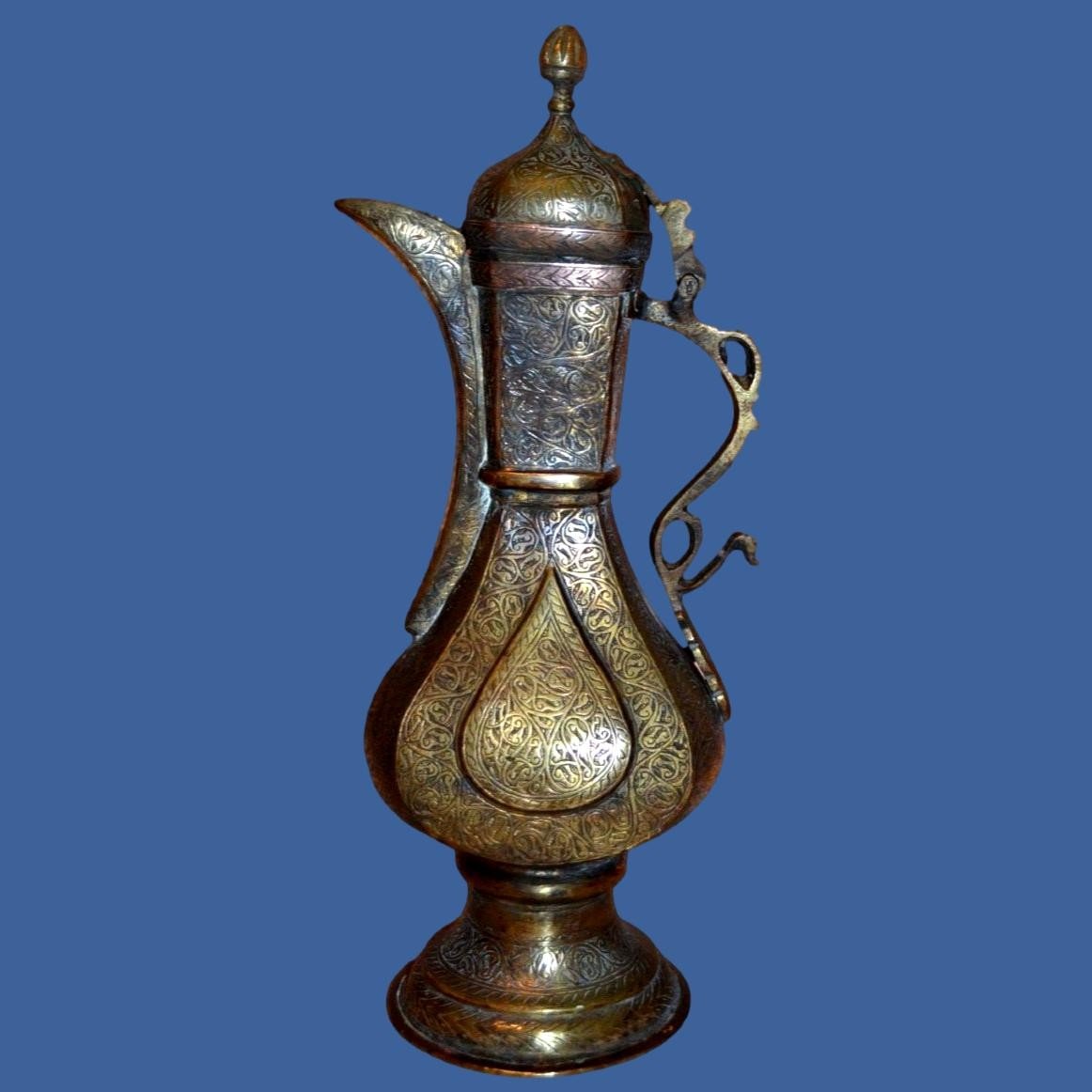






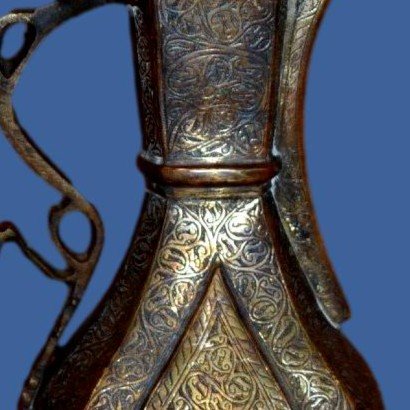


















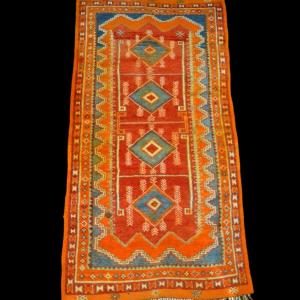









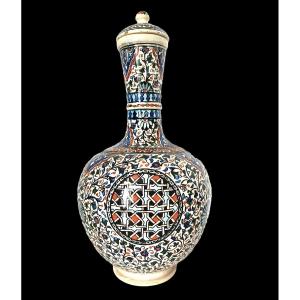
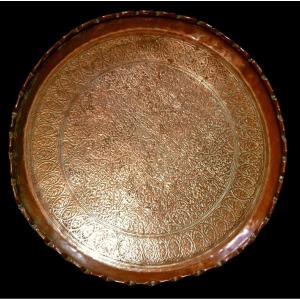
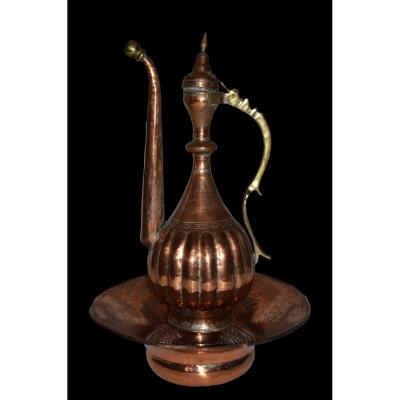
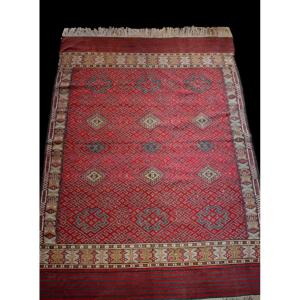
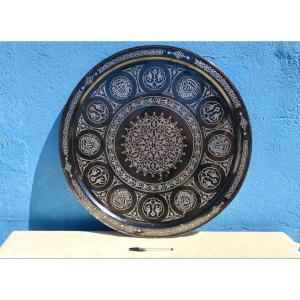







 Le Magazine de PROANTIC
Le Magazine de PROANTIC TRÉSORS Magazine
TRÉSORS Magazine Rivista Artiquariato
Rivista Artiquariato